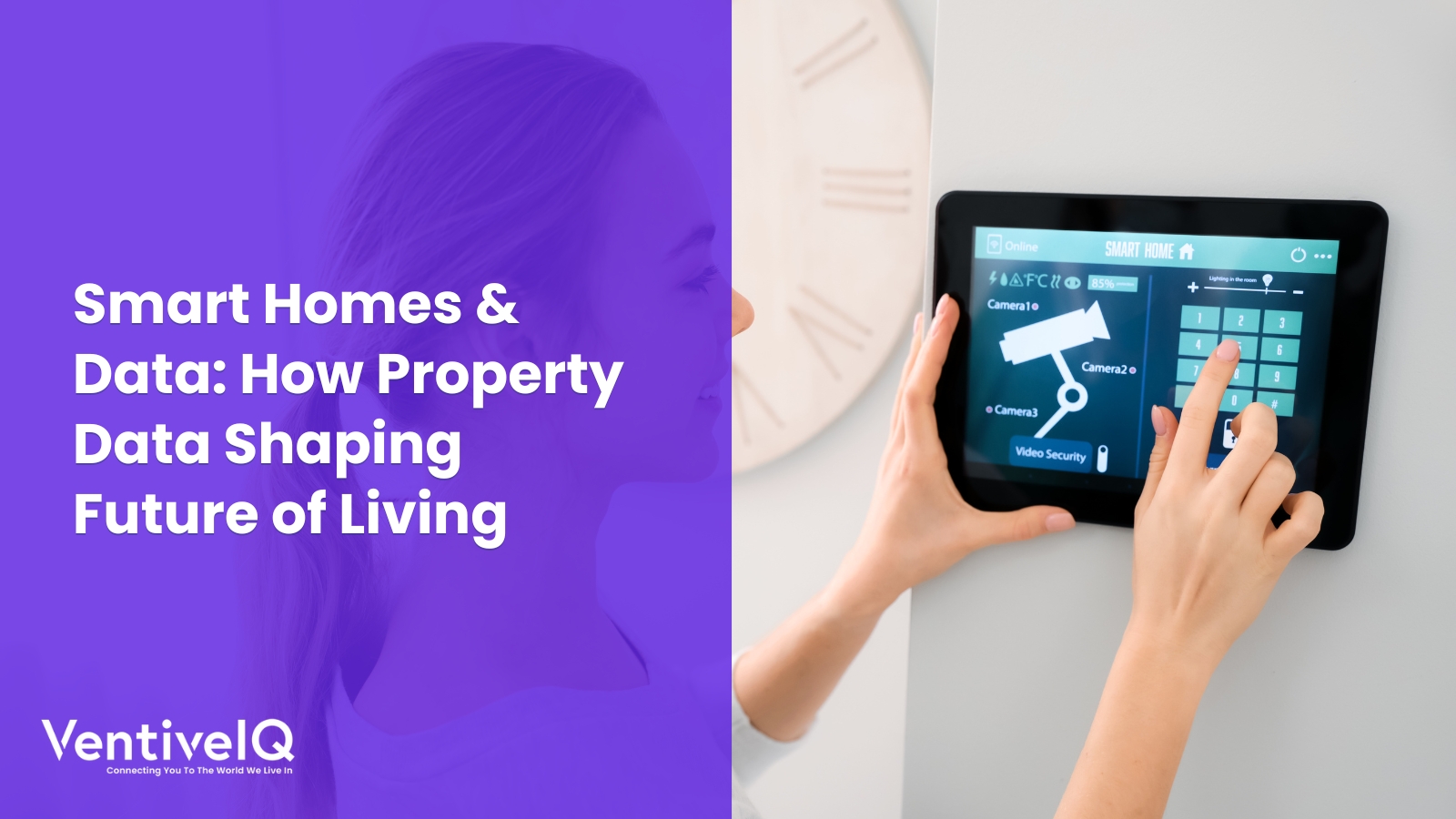Discover how property management thrives on data-driven decisions, demographics & mobile graph insights. Explore challenges & tradeoffs for balanced strategies.
Introduction
In a world increasingly driven by data, the property management landscape is undergoing a significant shift. We no longer depend solely on intuition and gut instincts like we used to. Today, successful property managers are embracing data-driven decisions to optimize their operations and gain a competitive edge. This approach involves leveraging various data sources, including demographics and mobile graphs, to gain a deeper understanding of their tenants, market trends, and potential residents.

Data-Driven Decisions: The Backbone of Property Management
At the core of modern management of property lies data – the invaluable resource that drives strategic decisions. Property managers now have access to a wealth of information, ranging from market trends and tenant preferences to operational efficiencies. By harnessing data analytics tools, managers can uncover hidden patterns, anticipate market fluctuations, and optimize resource allocation.
Yet, the surplus of data brings forth an array of challenges. The sheer volume can be overwhelming, leading to information overload and analysis paralysis. Moreover, ensuring data accuracy and reliability remains a persistent concern, as outdated or incomplete data can lead to misguided decisions.
Understanding the Power of Data-Driven Property Management
Data-driven decision-making in the management of property offers numerous benefits, including:
- Improved decision-making: By analyzing data on everything from rental trends to tenant demographic, property managers can make informed choices about pricing strategies, marketing campaigns, maintenance schedules, and tenant selection.
- Increased efficiency: Data-driven insights can help streamline various aspects of property management, such as automating tasks, prioritizing maintenance requests, and improving communication with tenants.
- Enhanced tenant experience: By utilizing data to understand tenant needs and preferences, property managers can personalize the rental experience, leading to higher satisfaction and retention rates.
Demographics: Understanding the Pulse of Communities
Demographic play a crucial role in gaining insights into the characteristics of your target audience. By understanding the composition, behaviors, and preferences of local populations, property managers can tailor their offerings to better serve their target audience. Factors such as age, income levels, and household size profoundly influence housing demands and amenities preferences. By analyzing data such as age, income, marital status, and household size, property managers can:
- Identify ideal tenants: Understand who is most likely to be a good fit for your property, resulting in better tenant selection and reduced risk of bad tenants.
- Develop targeted marketing campaigns: Tailor marketing efforts based on the specific demographic of potential renters, leading to more effective and efficient advertising.
- Optimize pricing strategies: Analyze rental trends and competitor pricing combined with demographic information to set competitive and profitable rental rates.

Yet, the demographic landscape is fluid and subject to shifting trends and socioeconomic changes. Keeping pace with evolving demographic requires continuous monitoring and adaptation. Failure to align with demographic shifts can result in mismatched offerings and missed opportunities for growth.
Unlocking the Potential of Mobile Graphs
In an increasingly connected world, the mobile graph emerges as a powerful tool for property managers. By analyzing mobile usage patterns and customer behaviors, managers gain invaluable insights into tenant preferences and lifestyle choices. From preferred amenities to communication channels, the mobile graph offers a window into the digital lives of residents.
Mobile graphs offer a unique way to connect various data points and gain a deeper understanding of your tenants and the surrounding area. A mobile graph is essentially a network of interconnected data points representing entities (e.g., people, places, businesses) and their relationships with each other. In the management of property, mobile graphs can be used to:
- Identify potential tenants: Utilize location data from mobile devices to understand the demographic and interests of individuals in the vicinity, helping identify potential renters who frequent nearby businesses or amenities.
- Analyze neighborhood trends: Gain insights into the surrounding area, including amenities, crime rates, and public transportation options, allowing property managers to highlight their property’s strengths and target relevant marketing messages.
- Improve tenant communication: Leverage mobile-based communication channels, such as resident apps, to personalize communication and provide relevant information to residents.
Balancing Act: Tradeoffs and Ethics
As property managers embrace data-driven strategies, they must navigate a delicate balance between competing priorities. The quest for data-driven insights must be tempered with ethical considerations and respect for privacy rights. Likewise, while demographic insights offer valuable guidance, they must be supplemented with real-time feedback and market intelligence.
While leveraging data offers significant advantages, it’s crucial to maintain a balance with ethical considerations. Here are a few important things to keep in mind:
- Transparency: Be transparent with tenants about how their data is collected, used, and stored.
- Data security: Put strong measures in place to safeguard sensitive data from potential breaches.
- Fairness: Avoid using data in a discriminatory manner or for purposes beyond tenant management.

Challenges and Considerations
There are also challenges associated with data-driven property management:
- Data quality: Ensure the accuracy and completeness of data used for analysis.
- Integration: Integrate various data sources seamlessly to gain a holistic view.
- Data interpretation: Develop the skills and expertise to interpret data effectively.
Conclusion: Embracing the Future
Embracing data-driven property management, with careful consideration of demographic and mobile graphs, can empower you to make informed decisions, enhance efficiency, and provide a superior tenant experience. By adopting a data-driven approach while maintaining ethical practices, property managers can navigate the competitive landscape and ensure their long-term success.


